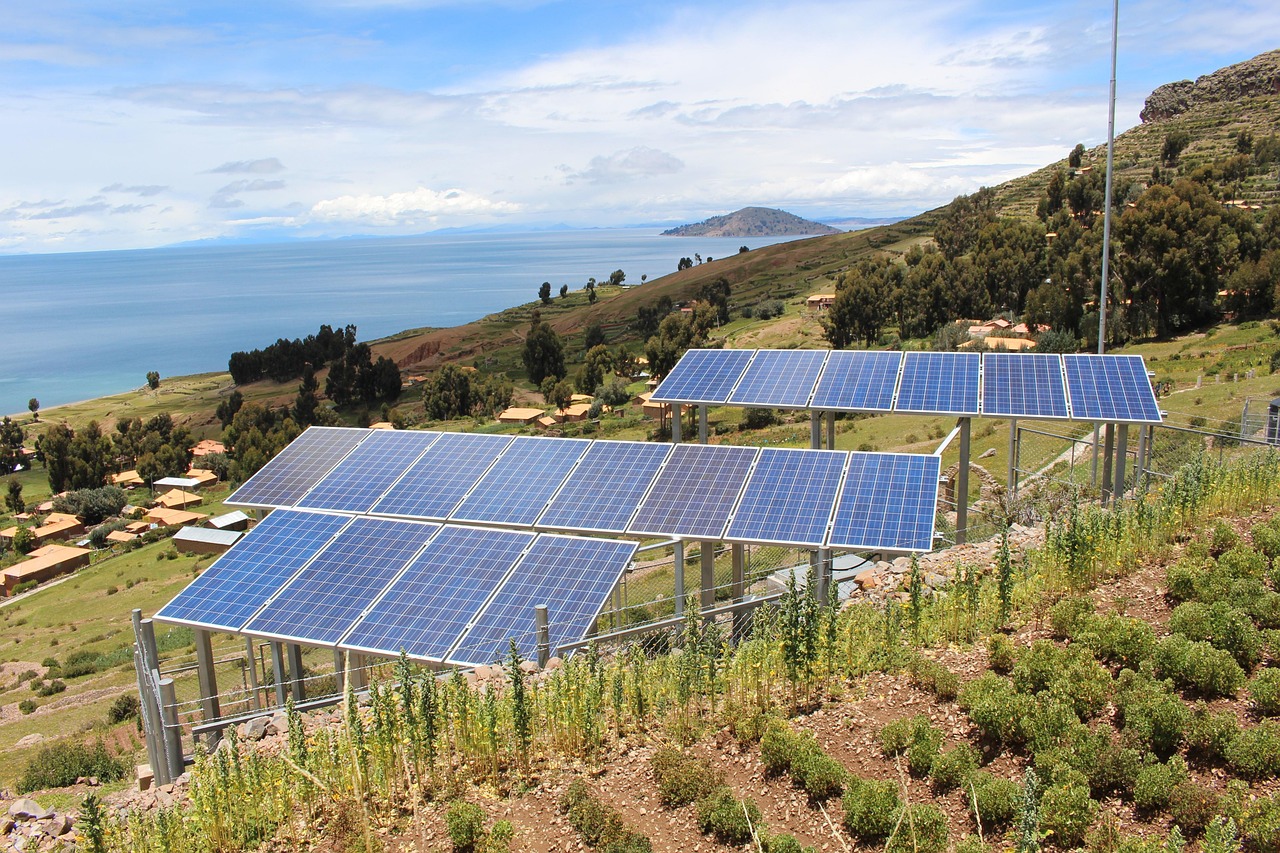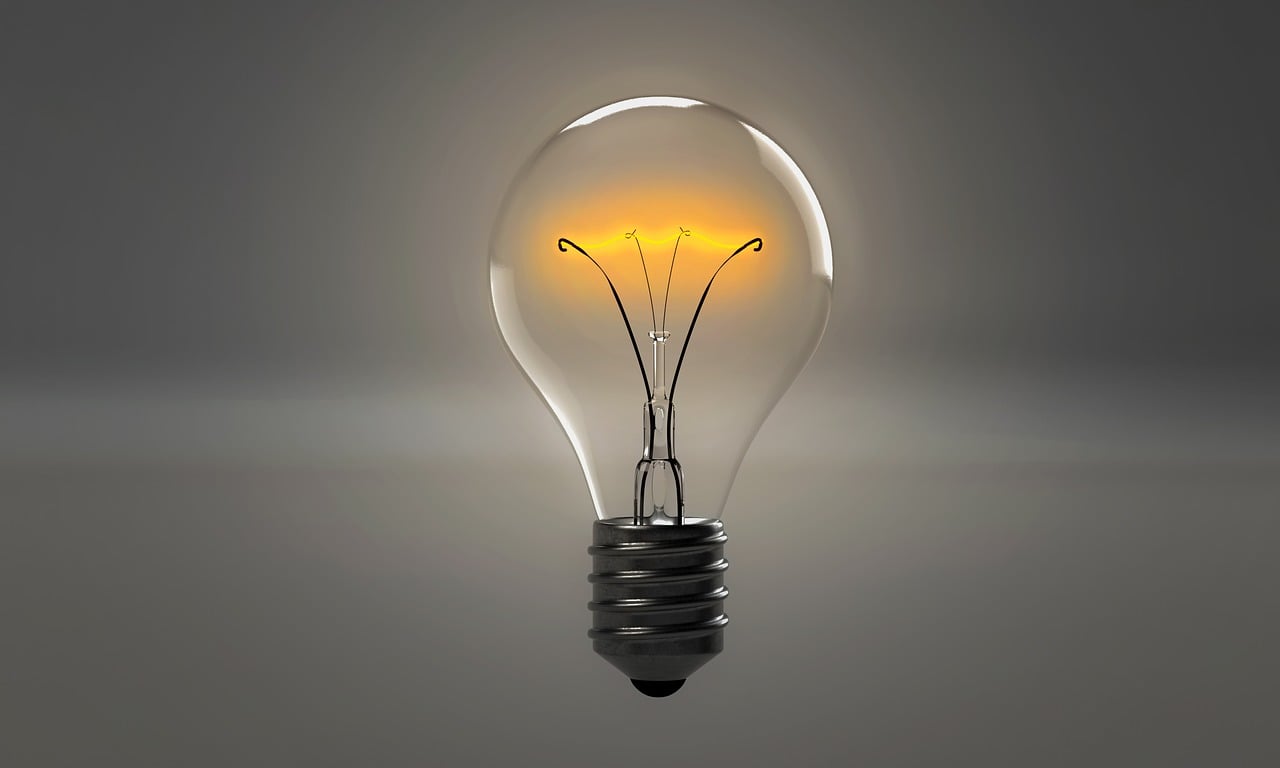A Case For Renewable Energy!?
What is solar PV system?
Solar photovoltaic system or Solar power system is one source of renewable energy system which uses PV modules to convert sunlight into electricity. The electricity generated can be stored, used directly, fed back into grid line or combined with one or more other electricity generators or more renewable energy sources.
Solar PV system is very reliable and a clean source of electricity that can suit a wide range of applications such as residence, industry, agriculture, livestock, etc.
Major system components include but not limited to;
• A PV module (Solar Panel) – which converts sunlight into DC electricity.
• A Solar charge controller – which regulates the voltage and current coming from the PV Panels going to the battery and prevents battery overcharging and prolongs the battery life.
An Inverter – This converts DC output of PV panels or wind turbine into clean AC current for AC appliances or fed back into the grid line.
• Battery – that stores energy for supplying to electrical appliances when there is a demand.
• Load – are electrical appliances connected to a solar PV system, (such as lights, radio, TV, Computer, Refrigerator, etc.)


